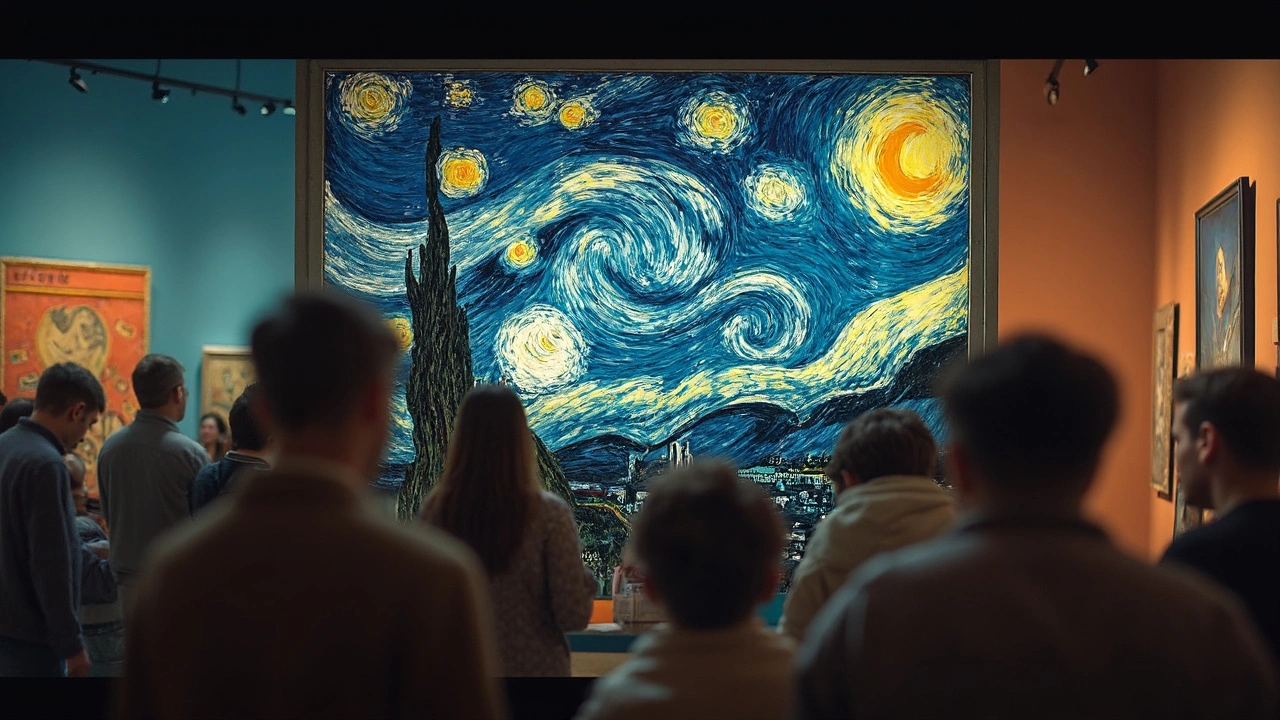Art Ownership Basics: What It Means and How to Do It Right
When you buy a painting, a sculpture, or a digital print, you’re not just getting a pretty object. You’re stepping into a world of rights, responsibilities, and paperwork. Understanding art ownership helps you avoid costly mistakes and keeps your collection safe.
First off, ownership isn’t just about having the piece in your home or office. It includes the legal right to display, sell, or even loan the work to a museum. Those rights are often spelled out in a sales contract or a provenance record. If the paperwork is missing or vague, you could end up with a beautiful piece that you can’t legally move.
How to Verify Authenticity and Provenance
Before you sign anything, ask the seller for a provenance document. This is a paper trail that shows who owned the artwork before them, where it’s been exhibited, and any restoration work. Reputable galleries and auction houses usually provide this, but private sellers might need to dig up old receipts or gallery tags.
Look for a certificate of authenticity (COA) from the artist or the artist’s studio. A COA isn’t a guarantee, but it’s a strong hint that the work is genuine. If the artist is deceased, a reputable art dealer or a recognized expert can issue a provenance statement.
Protecting Your Rights as an Owner
Once you own a piece, protect it with proper insurance. Art insurance covers theft, damage, and even loss during transit. Make sure the policy lists the exact title, dimensions, medium, and condition of the work.
Keep digital copies of all documents—sales contracts, COAs, provenance, and insurance papers. Store them in a cloud folder and a physical safe. If you ever need to prove ownership, those files are your first line of defense.
If you plan to sell or loan the artwork later, check any clauses in the original contract. Some artists include a right of first refusal, meaning they get the first chance to buy back the work. Others may require the new buyer to honor the original terms.
For artists, setting clear ownership terms from the start avoids future disputes. Use a simple contract that states who owns the original, who can make reproductions, and what the buyer can do with the piece. Signing the contract in front of a witness or notary adds an extra layer of security.
Transferring ownership is straightforward if you follow these steps: write a bill of sale, attach the COA and provenance, update the insurance policy, and record the change with any relevant art registries. Some countries have online databases for registered artworks—adding your piece there can help prove ownership down the line.
In a nutshell, art ownership is more than a handshake. It’s a set of documents and rights that protect both you and the artist. By checking authenticity, keeping records, and using proper contracts, you can enjoy your collection without worrying about legal hiccups.
Whether you’re a first‑time buyer, a seasoned collector, or an artist selling your work, treating ownership like a business transaction pays off. Clear paperwork, good insurance, and a solid understanding of your rights keep the art world fair and enjoyable for everyone.

10 Apr 2025
Van Gogh's 'Starry Night' is an iconic piece of modern art, sparking curiosity about its current ownership. This article explores who technically owns the painting, its journey through history, and its significance in the art world. Understanding the painting's background provides insight into how such masterpieces circulate in the art scene. Additionally, we delve into why its ownership matters not just for collectors but for art enthusiasts too.
Continue reading...
